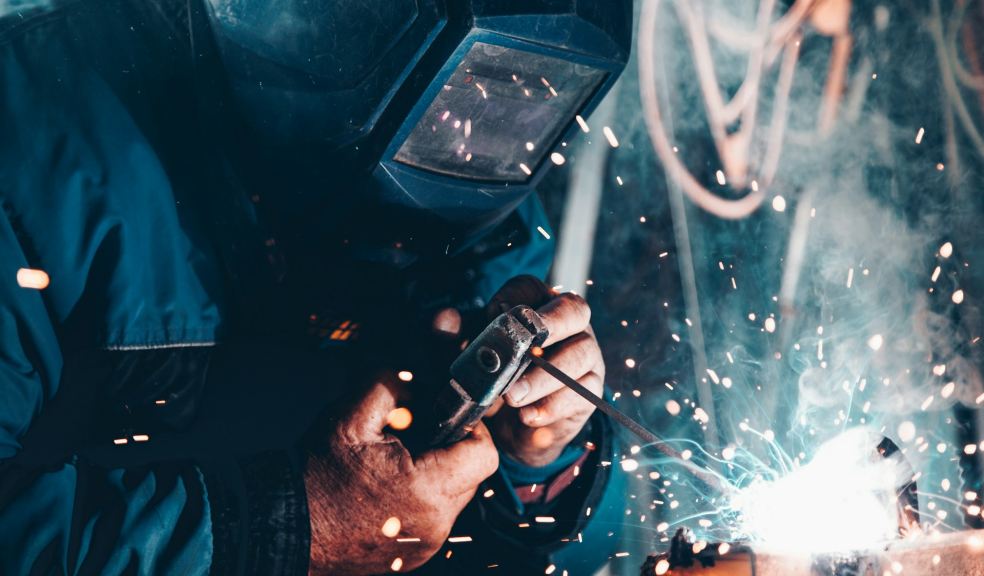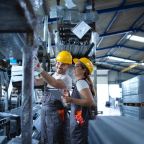
Buyer’s Guide to Finding a Trusted Laser Welding Machine Supplier
Walk into any modern manufacturing floor today and you’ll notice a quiet transformation taking place. Traditional welding setups — bulky, labor-intensive, and limited in precision — are slowly being replaced by sleeker, smarter systems. At the heart of this change are laser welding machine manufacturers, whose innovations are rewriting the rules of fabrication.
This shift isn’t happening by chance. Global demand for lighter, stronger, and more efficient products has pushed companies to rethink old processes. As industries from automotive to consumer electronics race to improve efficiency and lower costs, laser welding has emerged as one of the few technologies capable of keeping pace.
Why Laser Welding is Disrupting Traditional Methods
Precision That Changes the Game
Unlike conventional arc welding, where heat spreads beyond the joint, laser welding delivers energy in a pinpoint beam. That means cleaner welds, less distortion, and minimal rework — saving both time and material.
- Heat-affected zones are smaller.
- Weld seams are stronger and nearly invisible.
- Thin and delicate metals can be joined without damage.
Speed Meets Efficiency
Manufacturers are under constant pressure to meet deadlines while keeping costs in check. Laser welding machines can work at speeds up to 10 times faster than traditional processes, all while reducing post-processing needs.
Versatility Across Industries
From medical device makers requiring ultra-clean welds to aerospace companies demanding high-strength joints, laser welding adapts across materials and thicknesses. This flexibility explains why laser welding machine manufacturers are in such high demand worldwide.
The Cost-Benefit Equation
Adopting new technology often comes down to one question: Does it pay off? With laser welding, the math is increasingly in its favor.
|
Factor |
Traditional Welding |
Laser Welding |
|
Speed |
Moderate |
Very High |
|
Precision |
Medium |
Extremely High |
|
Operator Skill Required |
High |
Moderate (after training) |
|
Maintenance Costs |
Frequent consumables |
Low (minimal consumables) |
|
ROI Timeline |
3–5 years |
12–24 months |
While the upfront investment can be significant, many companies report full payback within two years, especially when machines are run at high capacity. Lower scrap rates, reduced downtime, and labor efficiency all add to the long-term savings.
How Laser Welding Machine Manufacturers Drive Innovation
Compact and Air-Cooled Systems
A decade ago, most laser welders required bulky water-cooling systems, limiting their portability. Today’s air-cooled laser welding machines are compact, mobile, and easy to integrate — perfect for workshops that value flexibility.
Smarter Software Integration
Manufacturers are embedding AI-driven controls, making setup faster and results more consistent. Even operators with minimal welding experience can achieve professional-quality results after training.
Sustainability Matters
Beyond cost savings, modern welding solutions also support greener production. Laser welding uses less energy per weld, minimizes material waste, and reduces the need for toxic filler metals. This aligns well with the sustainability goals many manufacturers are now mandated to meet.
ROI and Scalability: The 2kW Advantage
When discussing scalability, 2kW laser welding machines deserve special mention. They strike the right balance between power and efficiency, handling everything from thin stainless steel sheets to thicker automotive parts.
- Ideal for medium-to-high production runs.
- Stable output for repetitive, 24/7 factory use.
- Lower operating costs compared to higher-output systems.
It’s here that innovative companies such as Denaliweld stand out. Their solutions give small and mid-sized manufacturers access to high-performance welding without the steep costs or logistical headaches of oversized systems.
Industry Case Studies: Where the Impact is Felt
Automotive
The auto industry demands strong, lightweight joints. Laser welding is now used in:
- Battery pack assemblies for EVs
- Lightweight frame components
- Precision exhaust system welding
Aerospace
Every gram counts in aerospace. Laser welders provide joints that are both light and strong, reducing excess weight without sacrificing safety.
Medical Devices
Here, cleanliness and precision are critical. Laser welders can create seamless joins in surgical instruments and implants with minimal contamination risk.
Consumer Electronics
Think smartphones, laptops, and wearables. As devices get smaller and thinner, laser welding ensures durability without adding bulk.
Overcoming Barriers to Adoption
Even with all the benefits, some manufacturers hesitate. Common concerns include:
- Upfront Costs: The initial investment can be intimidating, though financing and leasing options are increasingly available.
- Skill Gap: While easier to operate than traditional welding in the long run, new machines still require initial training.
- Change Resistance: Production managers accustomed to older systems may resist shifting to new technology.
Forward-looking laser welding machine manufacturers are tackling these challenges head-on with training programs, support packages, and modular systems that scale with business growth.
What the Future Holds
Looking ahead, three trends seem clear:
- Automation & Robotics: Expect to see more cobot welding setups where laser systems are paired with collaborative robots for repetitive tasks.
- Customization: Manufacturers will design machines tailored for niche applications, from fine jewelry to shipbuilding.
- Global Competition: As demand rises, expect greater competition among laser welding machine manufacturers, which should push prices down and performance up.
Companies like Denaliweld are already positioning themselves to align with these trends, developing flexible, efficient solutions that meet the growing demand for automation and customization in global markets.
Conclusion: Why It’s Time to Pay Attention
Laser welding isn’t just another equipment upgrade; it’s a strategic shift in how we think about manufacturing. From precision and speed to long-term ROI, the advantages are hard to ignore.
As industries continue to evolve, the companies staying ahead will be those willing to adapt, invest, and partner with the right providers. Forward-thinking laser welding machine manufacturers are already proving that the future of production belongs to those ready to weld smarter, not harder.











